A fun multiplication worksheet where students create a colour pattern using 12 times tables.
Use this teaching resource as a fun consolidation activity when students are learning their 12 × multiplication facts.
Students choose twelve colours and fill in the key at the top of the page. They complete the grid by multiplying the row number by the column number and colouring the box the corresponding colour.
Every student will colour a unique pattern!
An answer sheet with example colours is included in the resource.
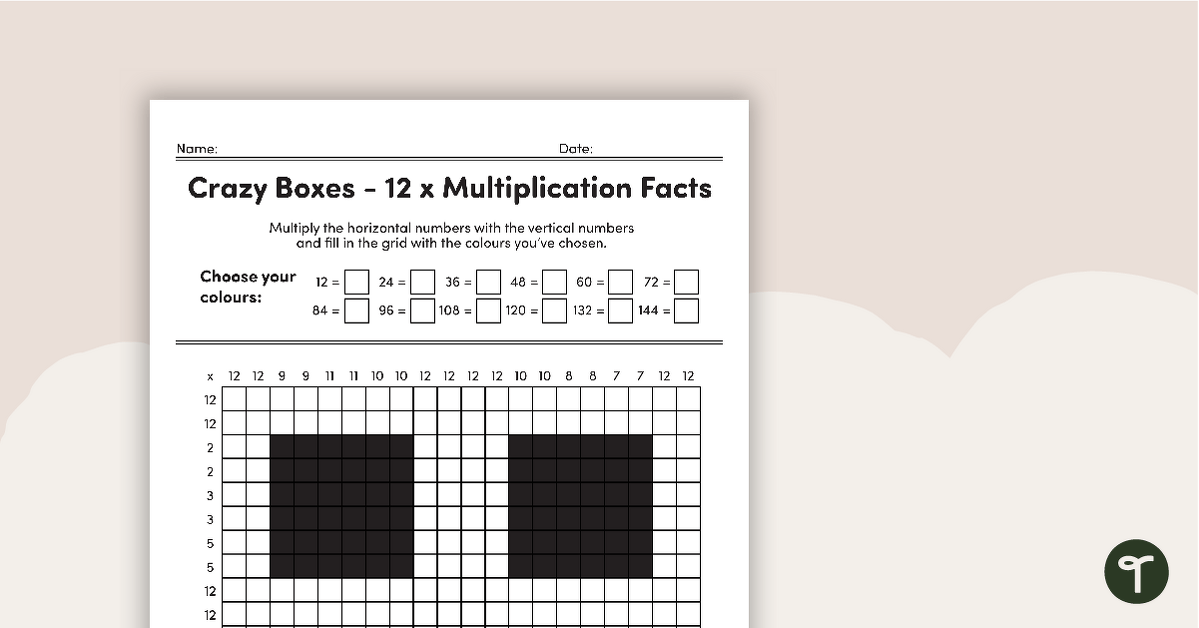
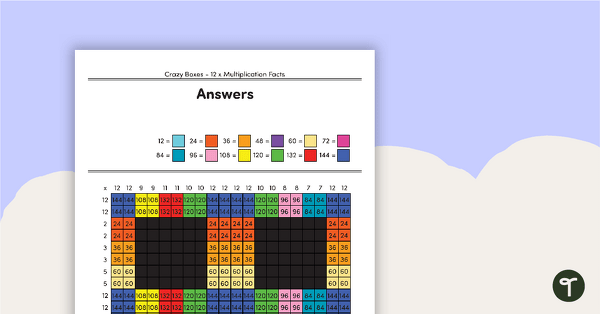

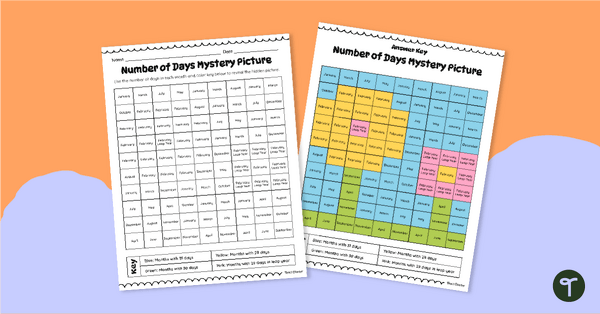
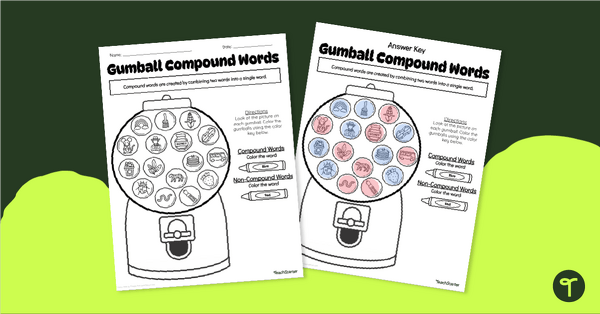
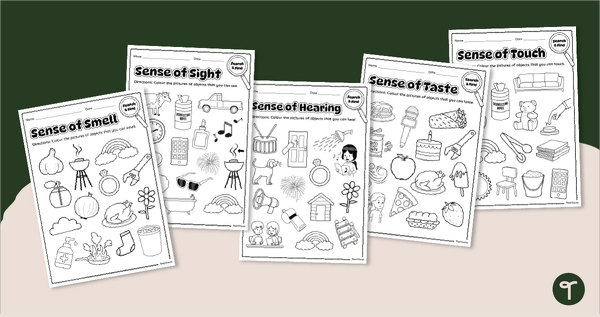
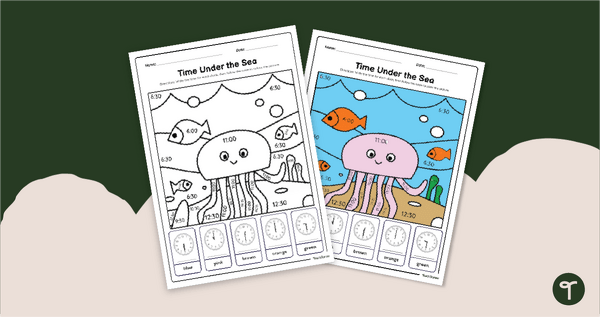

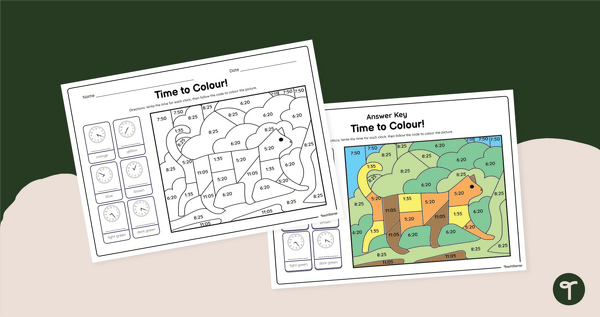
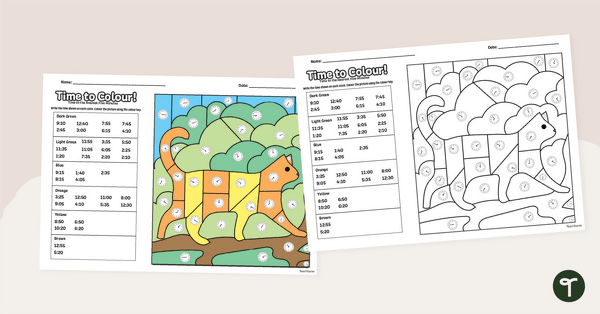
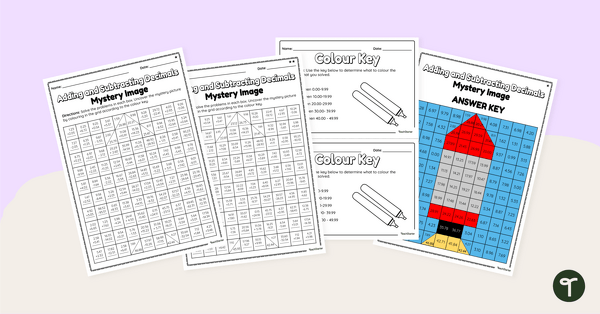
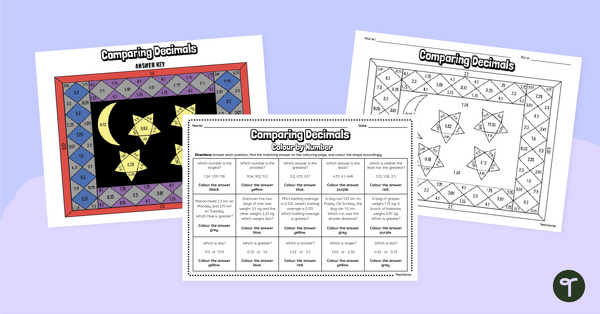
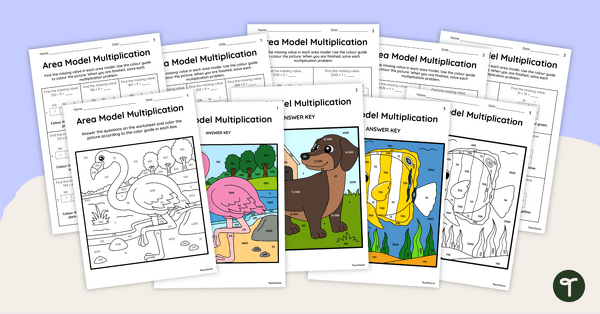
0 Comments
Write a review to help other teachers and parents like yourself. If you'd like to request a change to this resource, or report an error, select the corresponding tab above.